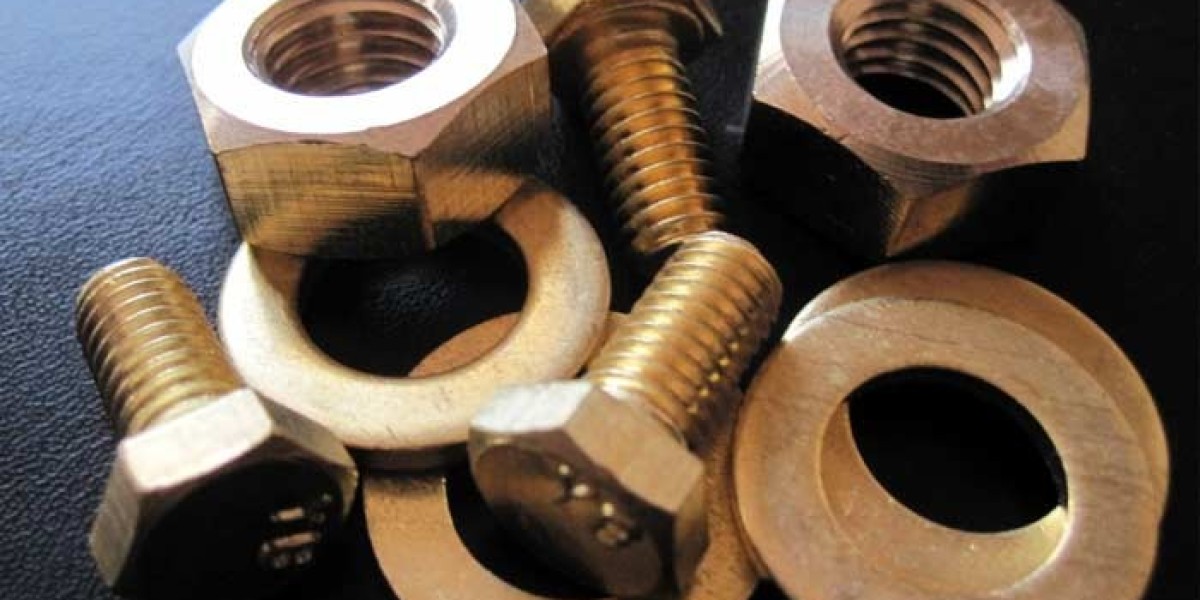If you've ever wondered what makes a body preserved for viewing during a funeral, formaldehyde is a key player. While it might sound like something out of a chemistry lab (and it is), formaldehyde plays a surprisingly important role in everyday life—including in mortuary science. In this article, we’ll dive into what formaldehyde is, how it works, and why it’s used in embalming.
What is Formaldehyde?
Formaldehyde is a highly reactive colorless, strong-smelling gas that is commonly used in various industrial applications. Chemically speaking, its formula is CH₂O, and it's the simplest type of aldehyde.
It’s naturally present in the environment and in small amounts in most living organisms. In commercial settings, it's typically sold as formalin, a solution that dissolves formaldehyde gas in water (usually about 37% concentration).
Common Uses of Formaldehyde:
Building materials (plywood, fiberboard)
Textile treatments
Household products like disinfectants and glues
Laboratories and medical settings for tissue preservation
Cosmetics and personal care (in small, regulated amounts)
Embalming, which we’ll get into more deeply below
How Does Formaldehyde Work?
Formaldehyde works by cross-linking proteins. This means it binds proteins together in such a way that they become stable, rigid, and resistant to breakdown. That’s what makes it such a powerful preservative—it basically "freezes" the biological structure of whatever it touches, preventing decay by bacteria or enzymes.
This protein-fixing ability is also why it’s widely used to preserve biological specimens in science labs and medical schools.
The Role of Formaldehyde in Embalming
Why Embalming Is Done
Embalming is a process that temporarily preserves the human body after death, typically to allow for public viewing, transportation, or simply to delay decomposition. It’s a common practice in many cultures and especially important for open-casket funerals.
Enter Formaldehyde
Formaldehyde (usually as part of a mixture called embalming fluid) is the main ingredient that prevents tissue decomposition. It halts the activity of bacteria and enzymes that normally break down the body after death.
Here's How It Works in Embalming:
Arterial Injection: Embalming fluid is injected through the arteries to circulate throughout the body.
Cavity Treatment: Organs are treated directly to ensure preservation.
Surface Treatments: External body parts may be treated to target specific areas.
The formaldehyde in the fluid binds with the proteins in the body’s tissues, "locking" them in place and making it impossible for microorganisms to do their job.
Other Ingredients in Embalming Fluid:
While formaldehyde is the star of the show, embalming fluid also typically includes:
Methanol (helps stabilize formaldehyde)
Phenol (a disinfectant)
Glycerin (to prevent excessive drying)
Dyes (to give a more life-like appearance)
Health & Safety Concerns
Formaldehyde is toxic in large amounts, and long-term exposure can irritate the skin, eyes, and respiratory system. It's also classified as a carcinogen (cancer-causing substance) by agencies like the IARC and OSHA. Because of these risks, embalmers must follow strict safety guidelines and use protective equipment.
Regulations Around Formaldehyde Use
In many countries, the use of formaldehyde is tightly regulated—especially in workplaces. Limits are placed on exposure levels, and substitutes are sometimes used when possible. That said, due to its unmatched effectiveness, formaldehyde remains a staple in embalming.
Are There Alternatives to Formaldehyde?
Yes, there are some eco-friendly embalming options emerging, such as:
Glutaraldehyde-based fluids
Essential oil-based preservation
Refrigeration and dry ice as non-chemical alternatives
These options are becoming more popular in "green burials," but traditional embalming still relies heavily on formaldehyde.
Conclusion
So, what is formaldehyde and what is its role in embalming? It's a powerful chemical compound that stabilizes and preserves tissue by halting decomposition. Despite health concerns and growing interest in alternative methods, it continues to be a crucial component in modern embalming practices.
Understanding the science behind it helps us appreciate the delicate balance between tradition, chemistry, and the rituals that bring comfort in times of loss.








